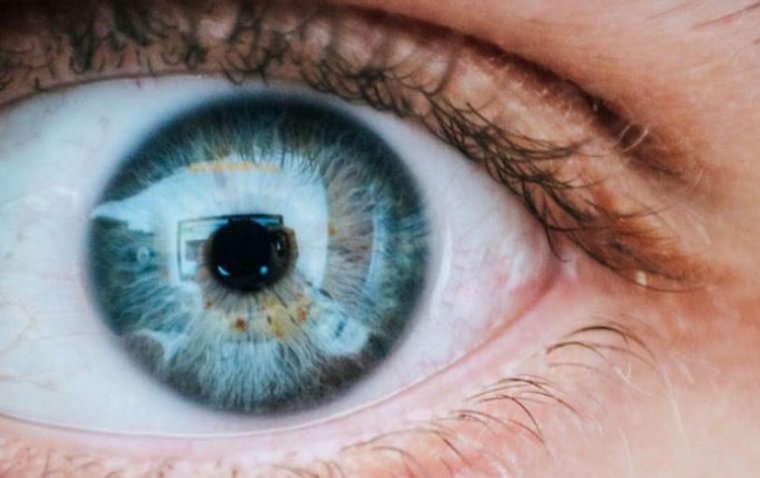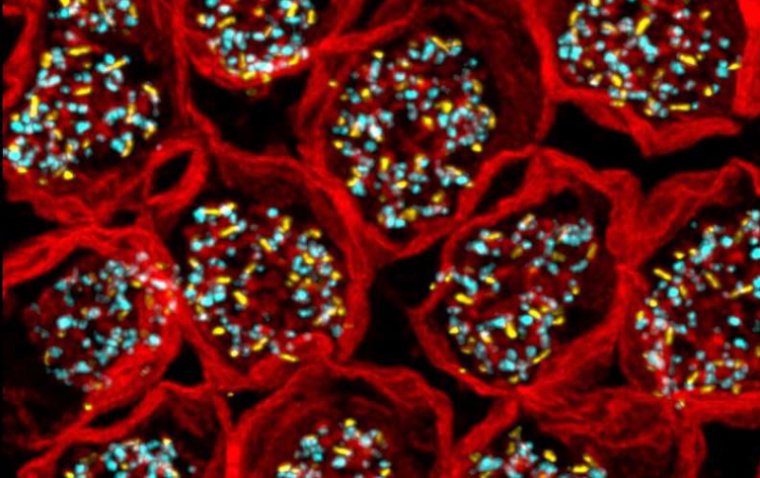New Study Opens Pathways for Treating Zika Virus-Induced Eye Abnormalities
Researchers at Wayne State University School of Medicine have published a study in the journal iScience, shedding light on the potential treatment targets for eye abnormalities caused by the Zika virus (ZIKV) infection during pregnancy.
The Role of Cholesterol Metabolism in ZIKV-Related Ocular Issues
The study titled "Targeting ABCG1 and SREBP-2 mediated cholesterol homeostasis ameliorates Zika virus-induced ocular pathology," produced by the Department of Ophthalmology, Visual and Anatomical Sciences, focuses on the crucial role of cholesterol metabolism in the development of ZIKV-related ocular issues.
The Connection between Cholesterol Metabolism and Zika Virus
ZIKV has been recognized as a significant public health concern, especially for its link to severe neurological and ocular defects in infants, including retinal lesions and microcephaly. Despite the critical nature of these infections, there are currently no specific vaccines or treatments available. The team's research, led by Ashok Kumar, Ph.D., aimed at exploring the molecular mechanisms behind ZIKV-related eye abnormalities, pinpointing cholesterol metabolism as a key area of interest.
"Our study aimed to uncover the molecular mechanisms underlying ZIKV-related eye abnormalities, with a focus on cellular metabolism," stated Kumar. Through transcriptomic analysis of ZIKV-infected retinal pigment epithelial cells, the team identified significant changes in the cholesterol pathway, highlighting the potential of targeting cholesterol metabolism for therapeutic interventions.
Further investigations into the roles of ATP-binding cassette transporter G1 (ABCG1) and sterol response element binding protein 2 (SREBP-2) revealeld that modulating these pathways could reduce ZIKV replication and mitigate ocular damage in infected cells and mouse models. Treatments that targeted these pathways not only decreased viral replication but also reduced inflammation and enhanced antiviral responses.
"This study highlights the intricate interplay between cholesterol metabolism and ZIKV infection in the eye," explained Sneha Singh, Ph.D., contributing to the research. The findings suggest that interventions targeting specific components of the cholesterol pathway could be effective in treating ZIKV-induced ocular complications.
Beyond Zika: Implications for Other Viral Infections
The implications of this research extend to other enveloped viruses as well, potentially offering new avenues for treating diseases caused by viruses such as West Nile, Japanese encephalitis, and Dengue. Kumar's team is continuing their work using a lipidomics approach to further understand the role of lipids in viral infections and develop novel antiviral therapeutics.
Ezemenari M. Obasi, Ph.D., vice president for research at Wayne State, lauded the study as a testament to Wayne State's commitment to impactful research. "Through the innovative research team that Dr. Kumar has established, they are at the forefront of developing breakthroughs that will play a vital role in therapeutic interventions in eye abnormalities caused by the Zika virus," Obasi said, emphasizing the global significance of their discoveries.
About Zika Virus-Induced Eye Abnormalities
Zika virus-induced eye abnormalities represent a concerning manifestation of the Zika virus (ZIKV) infection, particularly noted in infants born to mothers infected during pregnancy. These abnormalities can range from mild to severe and often involve significant ocular issues such as retinal lesions, microphthalmia (abnormally small eyes), hemorrhagic retinopathy (bleeding in the retina), retinal pigmented epithelium mottling, optic neuritis (inflammation of the optic nerve), and optic nerve hypoplasia (underdevelopment of the optic nerve). The direct impact of ZIKV on the eye underscores the virus's ability to affect neurosensory tissue, leading to potentially permanent visual impairment or blindness.
Reference
Sneha Singh et al, Targeting ABCG1 and SREBP-2 mediated cholesterol homeostasis ameliorates Zika virus-induced ocular pathology, iScience (2024). DOI: 10.1016/j.isci.2024.109088
(1).jpg)










